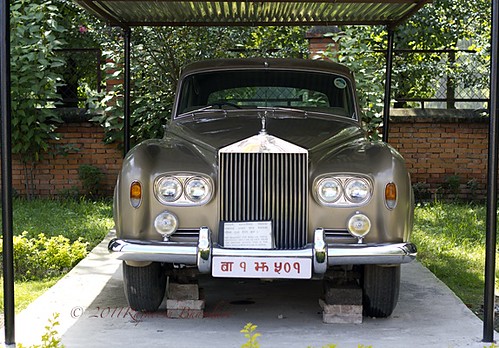Last updated on Jan 26, 2012.
Last year, Kantipur Television introduced lantern bulletin to highlight powercut in the country. Though the aim was to pressurize the government, power cut hasn’t decreased in Nepal. Instead it is increasing. (Here is a video report brodcasted on NTDTV about Nepal power shortage.)
Moreover televisions are facing a major problem because of the power cut. KTV has again launched lantern bulletin this year as well on Jan 24, 2012. So far 34 television channels have got license to operate/broadcast in Nepal and a dozen are currently on air. Continue reading
Category Archives: Journalism
Can we expect apps from Nepali media in 2012?

I was in an organizing committee of a workshop, “Social Media for Learning,” that took place in Kathmandu on December 24. Though the topic was “learning,” i was not surprised with the diversity of the topics discussed. As many of us, journalists in the program, we discussed about the way Nepali media are functioning. Some questions that came time and again were: Why aren’t Nepali media serious about their online site? Are Nepali media conscious about the media convergence happening across the globe?
Continue reading
Social Media connects audience

(Caption: Rajneesh Bhandari taking picture of India Gate, New Delhi. Photo by Ravi Bajpai.)
Kathmandu: A senior camera man called me “Nepali Kuire”, meaning Nepali foreigner. I was carrying a Canon 550 D camera while i was covering a special meeting of Prime Minister Baburam Bhattarai with deputy Prime Minister and home minister Bijay Kumar Gachhadar recently. For him i looked like a foreigner, with a camera hanging on my neck and holding a notebook and pen.
Continue reading
Hoping for the return: Nepal’s IDPs
Hope: Internally displaced persons of Nepal from Rajneesh Bhandari on Vimeo.
By Rajneesh Bhandari
Kathmandu, Sept 16: One day in 1999, Kalyan Bhudathoki, 50, left his home in Ramechap that lies in the hilly and mountain region of Nepal and came to Kathmandu. Kalyan used to work as a farmer in his own field.
12 years earlier, in the insurgency-prone Ramechap, 150 km east of Kathmandu, Kalyan had two options: either to support the Maoists or flee the place. He chose the second option and has been struggling in the capital for his living ever since.
“They came to search me three times. I used to think that I could face them (Maoists),” said Kalyan at his rented home in Gothatar, Kathmandu, “But there were incidents in other places on people getting killed. And my family and relatives suggested me to flee the village.” Continue reading
